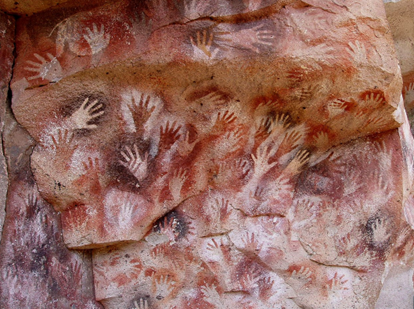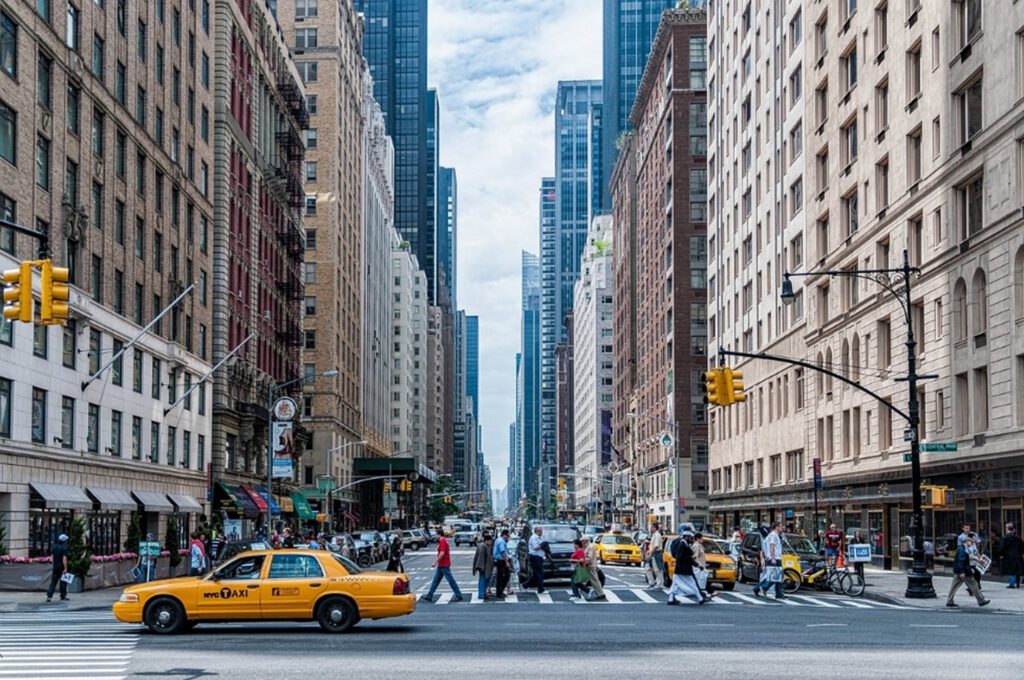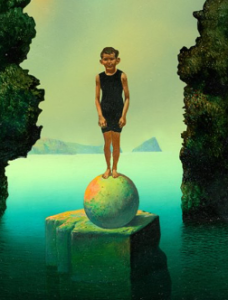By Maria Moss

What exactly is a travelogue? Or, asked differently, what is it not? A travelogue is not an advertisement that tries to sell specific destinations to its readers. A travelogue is not a guidebook with a list of the top 10 best restaurants or massage places. Rather, a travelogue is a creative narrative of someone’s experiences while traveling.
Travelogues focus on and celebrate the differences in traditions and customs around the world; very often, they’re conversational in tone and filled with funny details (see, for instance, Bill Bryson’s Stories from a Small Island). Good travelogues contain vivid descriptions and sensory details; unexpected, maybe even transformative experiences; and accounts of interactions with local people. Travelogues can also combine fictional and factual elements, as one of the greatest travel writers, Bruce Chatwin (1940–1989), beautifully demonstrated (e.g. the stories dealing with his trip to Australia, The Songlines). Fictional or non-fictional, funny or not – above all, a travelogue must tell a story.
The following two travelogues, written by creative writing students in the fall semester 2022/23, each tell a story. One takes place in the Ecuadorean rainforest, the other in Venice.
Read more »












